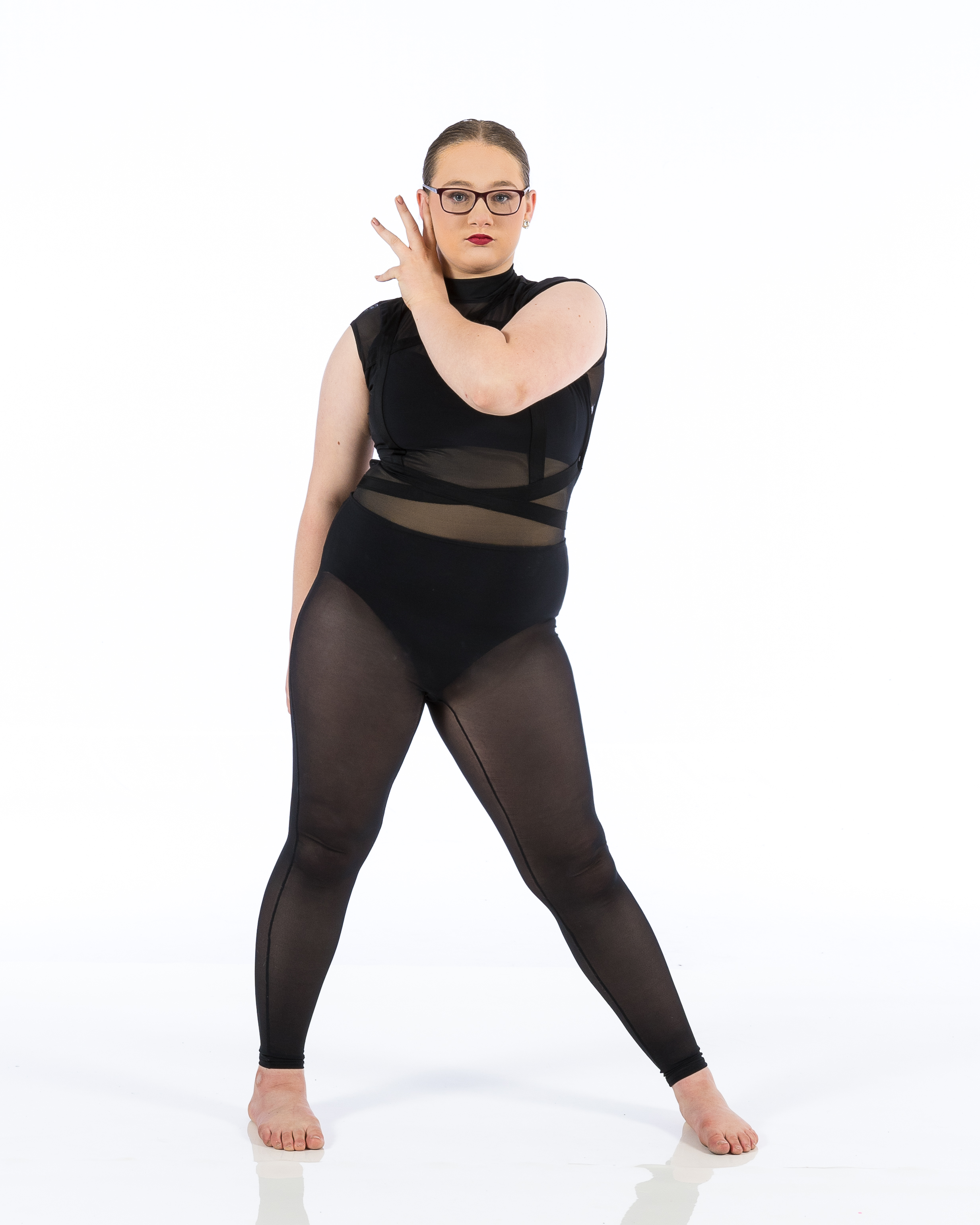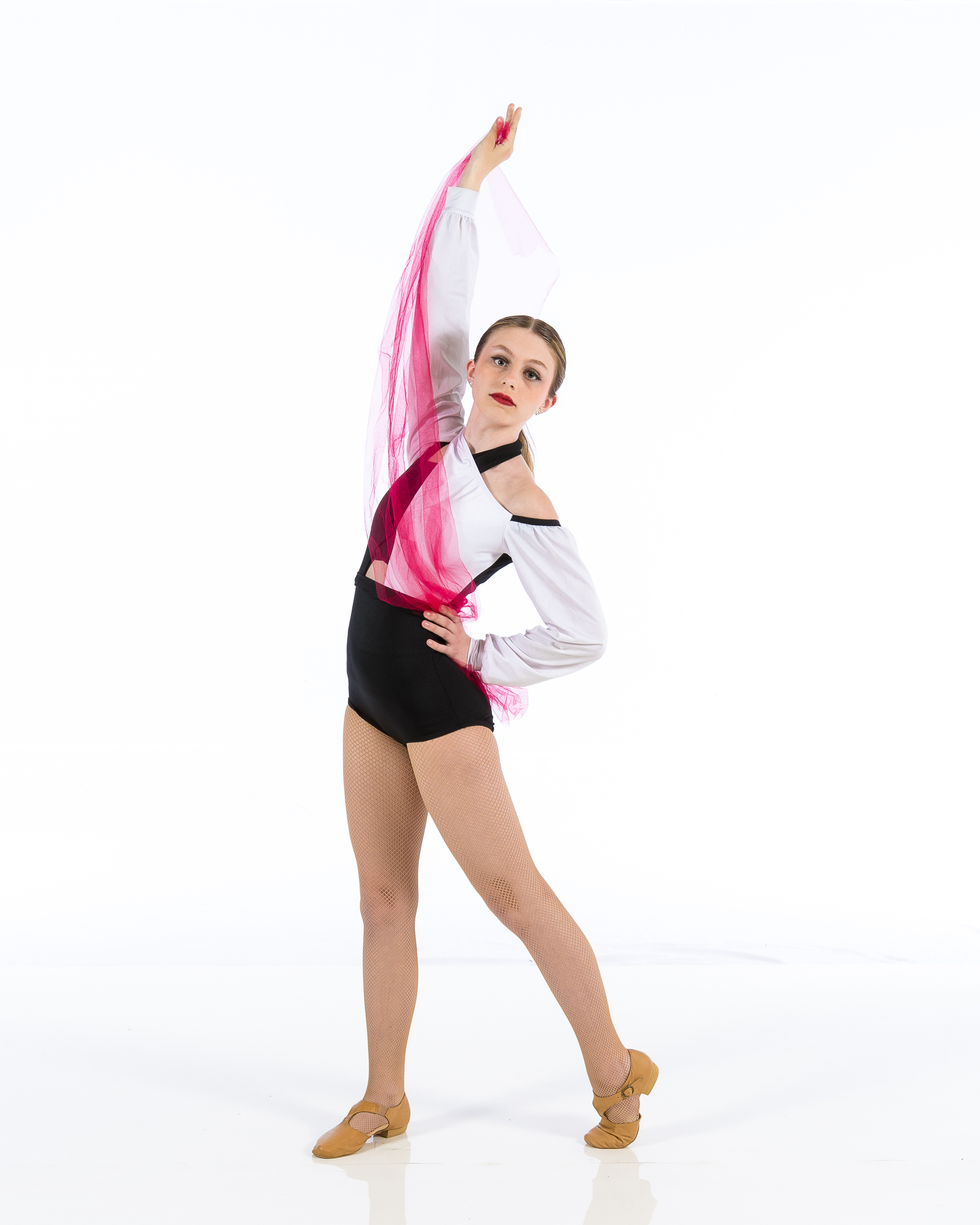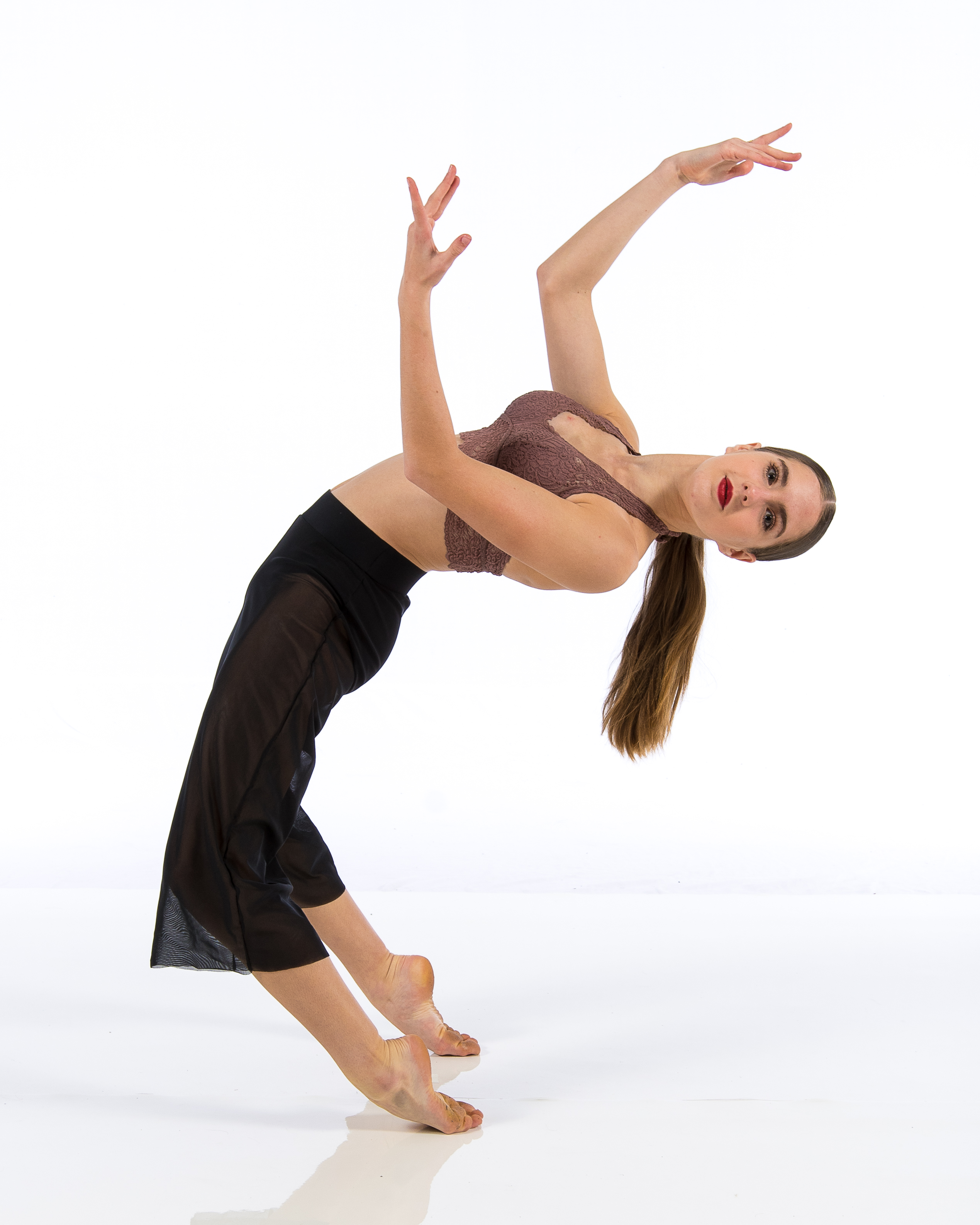There’s a moment every dancer hits when the studio lights feel both comforting and limiting. You leave class buzzing with corrections, then at home you start replaying combinations in socks on a kitchen floor. Both spaces matter. Studio-based dance training and home practice feed each other, and the dancers who grow steadily learn to leverage both without burning out or picking up preventable injuries.
I’ve coached competitive teens who thrive on the structure of technique classes, and I’ve worked with adult beginners who build confidence by rehearsing quietly in their living rooms. The magic lies in understanding what each environment can, and cannot, offer. What follows is a grounded look at the trade-offs, the science that underpins skill acquisition, and a workable way to make the two worlds support your long game.


What formal training really provides
Good Dance Training is not just fancy choreography and mirrors. When it’s done well, it is a deliberately engineered system. Teachers sequence material over months, layer Dance Training in Newberg corrections in a sensible order, and build tissues to tolerate load. You might not see the plan, but your calves do. Training in a studio typically offers immediate feedback from a trained eye, a consistent floor, well-calibrated progressions, and exposure to musicality and style that you can’t always replicate alone.
The floor alone is worth mentioning. Sprung floors reduce impact forces by significant margins, enough to protect knees and shins over years. Compare that to tile or concrete at home, and the difference shows up not in one rehearsal, but in how your ankles feel after six weeks of practicing jumps on hard ground. Studio flooring buys you longevity.
Then there’s the correction economy. A teacher’s eight-word cue can fast-forward you through months of trial and error. “Think of leading with your hip, not your knee” changes a turn instantly. Group classes also generate situational learning. You see how a taller dancer finds their center in adagio, or how a kid who’s been drilling pickups nails the timing you keep missing. That observational learning is powerful, especially for rhythm and dynamics.
Finally, training offers a volume dial. Good teachers control intensity and complexity. They know when to pull back, when to push a phrase to performance tempo, when to hold at 70 percent and fix feet. That pacing protects you from your own enthusiasm, which, left unchecked, often writes checks your tendons can’t cash.
What home practice does better than class
Home is where repetition happens. It’s where you can spend 12 minutes on a single transition, playing with weight, breath, and initiation. You can run a phrase three times, sit with a notebook, and annotate what clicked. That kind of micro-adjustment is hard in a room full of 20 dancers and a clock.
Practicing at home also builds self-coaching, a skill that separates intermediate from advanced. You learn to create constraints: making the space smaller to fix pathway, using a chair to train spine alignment, turning the metronome down to force timing honesty. The quiet lets you hear your footfalls and see where you’re cheating a plié. Home is also where you can cross-train without schedule pressure. Bands, sliders, and a yoga mat go a long way.
And for the psyche, home is forgiving. Performance anxiety fades when the only audience is your houseplant. That safety lets you experiment with risk, stylistic choices, even facial expression. When you later bring that confidence into rehearsal, choreographers notice.
Technique vs. artistry: how each space tilts the scale
Studios skew toward technique, for good reasons. Codified forms like ballet, tap, and many street styles rely on precise mechanics. Lines matter, angles matter, timing is everything. Teachers are paid to see the tiny errors you feel only as “this turn feels weird.” Home is where those mechanics consolidate. Neuroplasticity favors frequent, short exposures. Ten focused minutes daily on an arabesque line improves faster than once-weekly marathon sessions.
Artistry often grows in the cracks between classes. Without the social pressure of a mirror wall, you can take a phrase and try three interpretations. Might the breath lead that reach? What happens if you drop your focus just before the accent? Home is a lab for intention, while the studio pressure-tests it within ensemble and staging. When dancers use both deliberately, technique and artistry stop fighting for time and start feeding each other.
The feedback problem and how to solve it
The biggest limitation at home is the feedback loop. Videos can lie if the angle is off. Mirrors help, but they bias you to front-facing lines and can make you cheat turnout or épaulement. Your body also lies when fatigue sets in. You think you’re still landing clean; your knees tell a different story the next morning.
There are three fixes I’ve seen work repeatedly. First, define a single focal point for a short session: for example, “back leg turnout in attitude derrière” or “consistent groove through the rib cage in count 5 to 8.” Second, capture reference footage in good light from two angles at the start and end of the week. Third, schedule a short, regular check-in with your teacher. Ten minutes after class to show your clip and get one cue can save you from reinforcing a bad habit. The point isn’t perfection, it’s staying aligned with the technique pathway you’re training.

Time budgets, energy, and the messy math of recovery
Most dancers overestimate what they can add without consequence. If your weekly class load is already four to six hours, unstructured home sessions can quietly push you into overuse. Tendons adapt more slowly than muscles. You feel stronger after two weeks of daily relevés, but the tendon lags and protests in week four.
A simple capacity check helps. Track your weekly “impact minutes” and “tension minutes.” Impact minutes include jumps, heavy footwork, and floorwork that hits hard. Tension minutes cover prolonged isometrics like balances and slow adagio. Keep your total added home load within 20 to 30 percent of last month’s baseline, and progress no more than 10 percent per week. It isn’t glamorous, but this guardrail has kept more shins happy than any foam roller.
Sleep and nutrition sound boring until you miss them. If you’re sleeping under seven hours, swapping 30 minutes of practice for 30 minutes of sleep often yields more improvement. Movement quality plummets with fatigue, and the errors you rehearse while tired are the ones that stick.
Tools that make home practice smarter, not louder
I’m not a gadget evangelist, but a few tools punch above their weight. A metronome builds timing honesty. Start slower than you think you need, then test up and down by 10 bpm to train adaptability. Resistance bands give feedback to turnout, shoulder stability, and foot articulation without hammering joints. Floor tape lines can cure path drift in traveling phrases inside small spaces. If you use video, treat it like a coach: watch once, write one actionable note, apply it immediately, then move on. Ten micro-feedback cycles beat one 45-minute critique binge.
If space and budget allow, a portable marley roll changes your feet, especially for turns. For percussive forms like tap, invest in a practice board with a little give. Your downstairs neighbor will thank you, and your metatarsals will too.
How training and home practice shape different phases of a dancer’s year
Dancers don’t live in a vacuum. Seasons have purpose. The off-season belongs to foundations: strength, range, mechanics. That’s when class work should emphasize clean, slow technique, and home can support with targeted strength and drilling. As a show or competition approaches, home time shifts toward run-throughs at submaximal effort that focus on spacing, breath mapping, and recovery between phrases. In performance weeks, home becomes restorative: mobility, breath work, light marking, and mental rehearsal.
Experienced dancers change the blend based on context. A contemporary company dancer on tour might only have hotel-room space. Their home practice becomes daily joint prep, foot care, and musical run-throughs wearing socks on carpet. A teen prepping for a ballet exam in a studio-rich environment will keep home work gentle, prioritizing visualization and ankle stability to avoid fatigue before assessment day.
When home practice backfires
I’ve watched diligent dancers dig holes with the best intentions. The patterns are common. Repeating a turn until you’re dizzy wires the wrong mechanics; after five messy reps, stop and reset with a preparatory drill. Practicing jumps on tile invites shin splints. Forcing flexibility with long passive stretches before cold turns reduces power. And there’s the ego trap: practicing only what feels good. The brain gets dopamine from mastery, so you keep doing your favorite phrase and avoid the awkward one with the tricky weight transfer. Your growth stalls quietly.
There’s also a social side. Siloed practice can creep into choreography decisions. If you only explore alone, you may unconsciously avoid risk in group sections, pulling focus from ensemble intelligence. Directors notice the dancer who can deliver solo clarity and still blend. Balance asserts itself again.
Balancing both without losing your life
I ask dancers to think in small contracts instead of big resolutions. The contract is a four-week cycle. You choose one global focus that marries class and home. For example, “clean foot articulation and articulate landings.” In class, you ask for a landing note whenever it makes sense. At home, you run a 15-minute protocol three or four times per week. At the end of four weeks, you record a before-and-after clip of a phrase with jumps, compare, and decide whether to extend, shift, or replace the focus.
Here’s a simple structure that fits most schedules without draining the tank:
- A weekly rhythm for the middle of a training season: Two to three technique classes that do the heavy lifting for mechanics. One rehearsal or repertoire class to apply musicality and spacing. Two home sessions of 20 to 30 minutes each, tightly scoped: one technical drill block, one strength and mobility block. One optional short creative session at home, 10 to 15 minutes, to explore artistry on a phrase from class at 60 percent effort.
If you’re in a build phase, the technical home session skews toward slow control and alignment drills. If you’re peaking for performance, trim the home technical block to short, high-quality rehearsals and redirect extra time to sleep and recovery.
What to actually do at home
A lot of dancers ask for a blueprint. The truth is the best plan is the one you’ll follow, paired with what your current training lacks. That said, a minimal viable home practice can be both simple and potent. Here’s a compact session template that slots into your week without competing with class:
- A 25-minute home session that respects your joints: Warmup, 5 minutes: joint circles from feet to neck, light calf raises, controlled spinal rolls, and a few gentle dynamic swings. No end-range holds when cold. Technique drill, 8 minutes: pick one element. For turns, that might be eight slow passés holding balance each side, focusing on ribs over hips, then six controlled quarter-turns with clean spot. For footwork, 3 sets of ankle articulations with a band, then a short phrase at half tempo on both sides. Strength and stability, 8 minutes: two sets each of single-leg RDLs or arabesque hinges, lateral band walks, and a core anti-rotation hold. Focus on tempo and alignment. Cooldown and notes, 4 minutes: two easy mobility flows and one sentence in a notebook about what improved and what to test next.
Notice what’s missing: marathon run-throughs, fatigue chases, and maximal efforts on poor flooring. Save those for the studio, where the surface and supervision can handle them.
Teachers and parents: how to support without smothering
Teachers can make or break home practice by how they assign it. The best homework is specific, brief, and testable next class. “Film your sauté landings from the side, count to two in plié before heel drop, bring the clip.” Parents of younger dancers should guard space and time, not micromanage technique. Clear a rectangle of safe floor, agree on two short slots per week with no household interruptions, and resist the urge to coach unless you have the training and your dancer has asked. Protecting enthusiasm beats policing turnout.
Adult beginners and returning dancers have different levers
If you’re starting at 28 or returning after a decade, your constraints differ from a teenager in conservatory. Time is tighter, risk tolerance is lower, and recovery matters more. Home practice shines here. Two 20-minute sessions per week that emphasize joint prep, musicality, and phrase memory bridge the gap between weekly classes. You’ll feel less lost in combinations, and your body will complain less after grand battement. Keep impact low at home and use class for leaps and traveling work on the right floor.
The psychology of doing the boring things
Home practice exposes your relationship to boredom. The drills that fix your dancing are rarely the ones that look good on social media. A simple trick helps: bind the drill to music you love, and set a timer. The timer makes stopping easy and starting easier. Also, build streaks that tolerate real life. A “two days on, one day off” rhythm is more humane than “daily forever.” If you miss a session, your new streak starts at zero without shame. Dancers who can be kind to themselves recover faster and return stronger, which shows up in class as resilience under correction.
Red flags that mean you need to shift the balance
Soreness that keeps migrating without resolving usually means your load is too high or too chaotic. Persistent heel pain, a pinch at the front of the hip, or bone-deep shin ache are not badges of honor. These are early messages from tissues. Back off impact at home, talk to your teacher, and if symptoms persist beyond a week or two, consult a clinician familiar with dancers.
Another red flag is cognitive fog in class. If you can’t pick up choreography you’d normally catch, fatigue is stealing bandwidth. Cut a home session or two, sleep more, and add easy walks. Paradoxically, low-intensity movement restores better than total immobilization.
A few true stories and the takeaways they left behind
One of my students, a musical theater major, loved practicing at night. She’d run tap riffs on her apartment’s hardwood until midnight. Six weeks later she had a nagging ache under the ball of her foot. We swapped nightly burst sessions for every-other-day 20-minute blocks on a practice board, added a simple calf-raise protocol, and moved her metronome work to the studio where the floor forgave more. Two weeks later, the ache faded and her clarity improved because she wasn’t training in a pain pattern.
Another dancer, a b-boy who joined a contemporary company, hit a ceiling with turns. He kept repping them at home on concrete. We stripped home turns for a month. He did only balance holds, rib-to-pelvis control, and a few groove drills to keep rhythm alive. In class, we focused on spots, entries, and safe volume. His turns got cleaner, not because he worked harder, but because he stopped rehearsing the mistake.
These aren’t exceptions. They’re the pattern: clarity beats volume, floors matter, and targeted home practice makes studio time exponentially more valuable.
Reframing the question you ask yourself each week
Instead of “How much more should I practice at home?” try “What one element, if improved, would make my classes and performances feel easier?” Build your week around that. Let Dance Training in the studio set the technical rails and provide the safe place to push intensity. Let home practice reinforce precision, develop strength, and explore artistry without punishing your joints or your schedule. When you treat both as parts of one system, progress stops feeling like a grind and starts resembling steady weather. You show up to class ready. You leave class curious. And your home becomes a place where small, smart work pays dividends on stage.
Business Name: Doty Performance Website: https://www.dotyperformance.com/ Phone: +1 (503) 822-5276 Address: 20345 SW Pacific Hwy #306, Sherwood, OR 97140, United States About Doty Performance: Doty Performance is a dance studio in Sherwood, Oregon that offers a variety of dance programs for all ages and levels of dancers. We have classes for Ballet, Tap, Jazz, and Hip-Hop. So if you are looking for a dance studio near me that welcomes all skill levels, ages, and genders, look no further than Doty Performance dance studio.